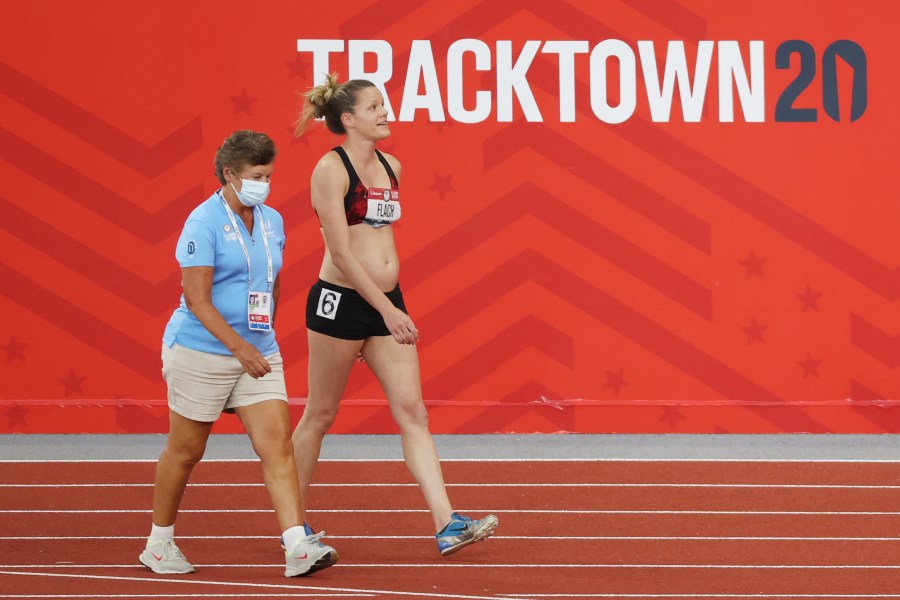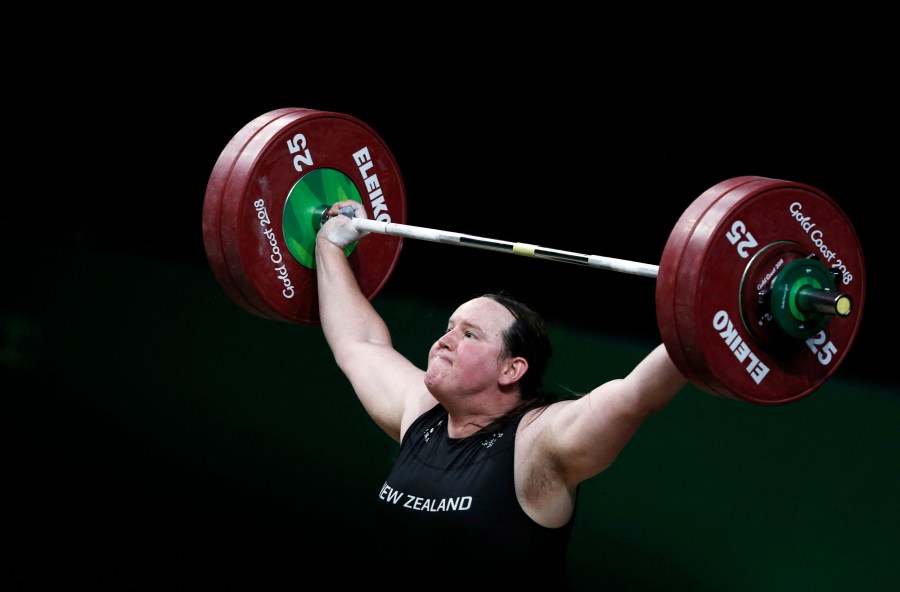When French historian Pierre de Coubertin founded the International Olympics Committee in 1894, he said women playing sports was “against the laws of nature” and “the most unaesthetic sight human eyes could contemplate.”
If Coubertin could see the athletic lineup of the 2021 Tokyo Summer Olympics, he would likely roll in his grave. This year, women are not only competing in record numbers, but, from pregnant track stars to 40 year-old basketball players, they are shattering stereotypes of what it means to be an athlete.
“We have come a very long way since the founding of the modern Olympics,” Dr. Fiona Skillen, women’s sports historian and history lecturer at Glasgow Caledonian University, told Know Your Value. “Ultimately, it has taken a long, long time to get to this point, and there are still a lot of battles to be fought and won.”
Pregnant athletes and new moms are more visible than ever.
Moms have competed in the Olympics for centuries. The games in Paris in 1900 were the first to include women, and American golfer Mary Abbott competed against her daughter Margaret, who won the gold.
Pregnant athletes have also competed and thrived in the past, including Italian speed skater Martina Valcepina, who won the bronze in Sochi 2014 while pregnant with twins. And U.S. volleyball star Kerri Walsh won a gold medal while five weeks pregnant with her third child in London 2012.
However, in 2021, pregnant and postpartum athletes are advocating for themselves more openly than ever. In June, Lindsay Flach famously competed in the heptathlon Olympic trials with an 18-month baby bump.

“We used to think that it was dangerous for women to exercise during pregnancy,” said journalist Phil Hersh, who has covered 19 Olympics for the Chicago Tribune. “Now it’s considered good for your wellbeing.”
A handful of Olympians forced significant policy changes surrounding participation this year. U.S. sprinter Allyson Felix gave birth in 2019 and is competing this year. Recently, Felix publicly advocated for longer maternity pay for athletes, causing her sponsor Nike to increase its leave policy from 12 to 18 months.
Canadian boxer Mandy Bujold became pregnant in 2018 and was unable to compete in qualifiers for 2020. Ad hoc qualification rules effectively penalized Bujold for having had a child. She fought in court and gained accommodation for women who are pregnant or postpartum during qualification periods.
Canadian basketball player Kim Gaucher pleaded with the International Olympic Committee to allow her to bring her breastfeeding son to Tokyo. Eventually, the committee relented to international pressure after previously banning family members from joining athletes.

According to Hersh, the surge in advocacy is due to cultural changes in progressive countries, as well as social media, where athletes are freer to advocate for themselves.
Women athletes are shattering age norms
Athletes 40 and over are out and proud this year. At 40, four-time Olympic gold medalist Sue Bird is the oldest woman in the WNBA and competing in Tokyo.
Australian equestrian Mary Hanna, 66, became the second oldest female Olympian in history this year behind 72-year-old equestrian Lorna Johnstone, who competed in 1972. U.S. soccer player Carli Lloyd is 39 on a team where the average age is 30.8.













